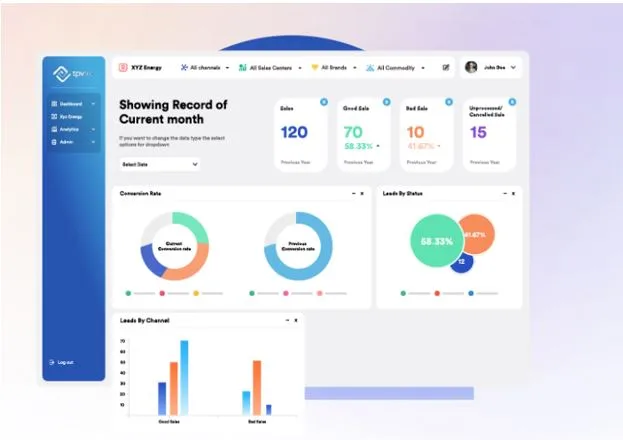How to Check App Ranking in Google Play Store
An app’s ranking in Google Play is much more than a number beside its name — it’s the first thing potential users notice and a key factor determining visibility, trust, and downloads. Understanding how to check and interpret your ranking helps you not only measure success but also identify areas for growth.
The ranking system in Google Play reflects how your app performs across multiple metrics: ratings, installs, retention, engagement, update frequency, and technical stability. The higher the score, the more visible your app becomes in search results and category charts. In a market where thousands of new apps appear each month, maintaining a strong rating is essential to stand out.
To check your app’s ranking, there are several reliable methods. The simplest way is to search directly in Google Play using your target keywords. Observing where your app appears among competitors gives an initial idea of how well your ASO (App Store Optimization) efforts are working. However, this manual approach provides only surface-level insights.
A deeper look is available through Google Play Console. Within the Statistics and Ratings sections, developers can track their app’s average rating, regional distribution, and performance over time. These analytics reveal trends — for instance, whether a recent update improved satisfaction or triggered negative feedback. Play Console also uses a weighted average system, meaning newer ratings have greater influence than older ones. This ensures that recent improvements are reflected faster, giving developers a fair chance to recover from early issues.
For continuous monitoring, specialized ASO tools such as ASOMobile offer advanced analytics. They allow you to track keyword positions, app category rankings, and changes in user feedback across countries.
Why does all this matter? Because the difference between a rating of 3.9 and 4.3 can define the success of a product. Nearly half of users refuse to install an app rated below four stars. A high score signals trust and reliability, increasing conversions from store visits to downloads. Moreover, Google’s algorithm rewards consistently well-rated apps by promoting them higher in search results and recommendations.
Improving your ranking begins with user experience. Stability, straightforward navigation, and regular updates are the foundation of a positive perception. Encouraging satisfied users to leave reviews at the right moment — after completing a task or purchase — also helps raise the overall score. Just as important is responding to feedback.
In short, checking your app ranking is not a one-time action but an ongoing process. By monitoring key indicators, analyzing feedback, and maintaining quality, you ensure your app remains visible and competitive. Understanding your position in Google Play is the first step toward lasting growth and user loyalty.





